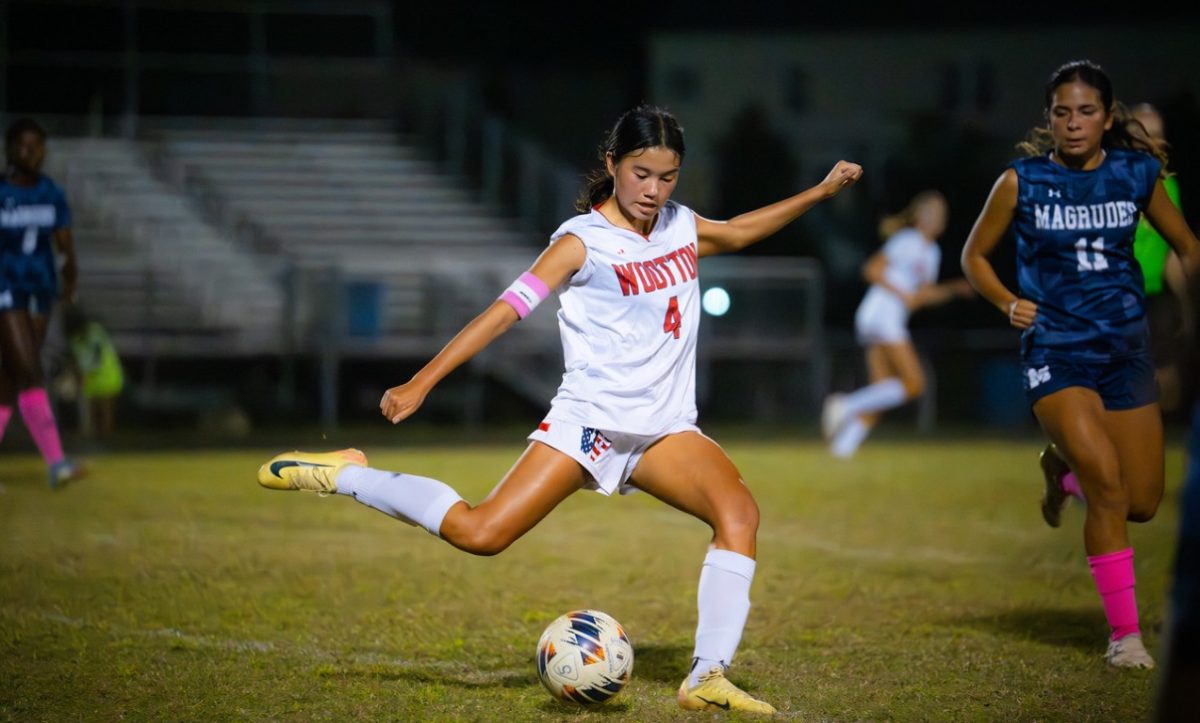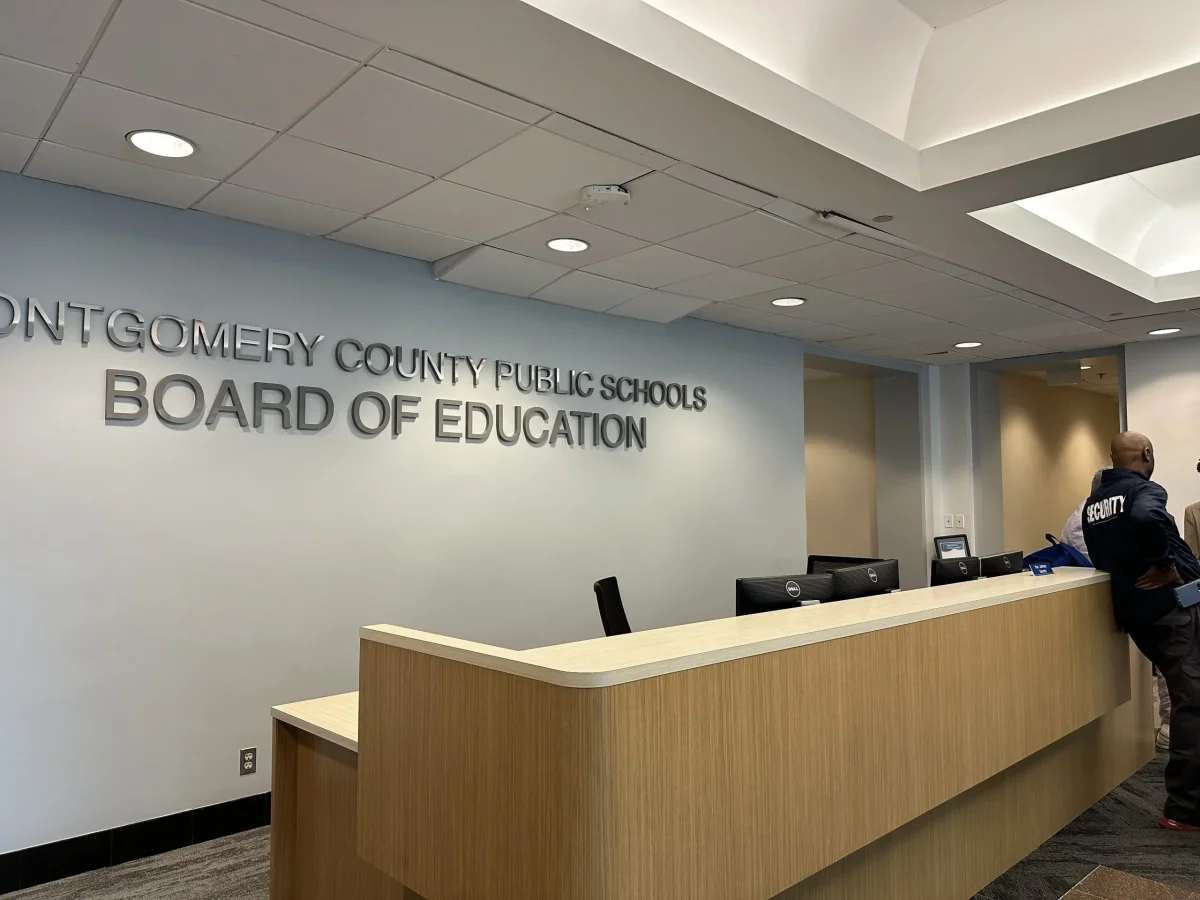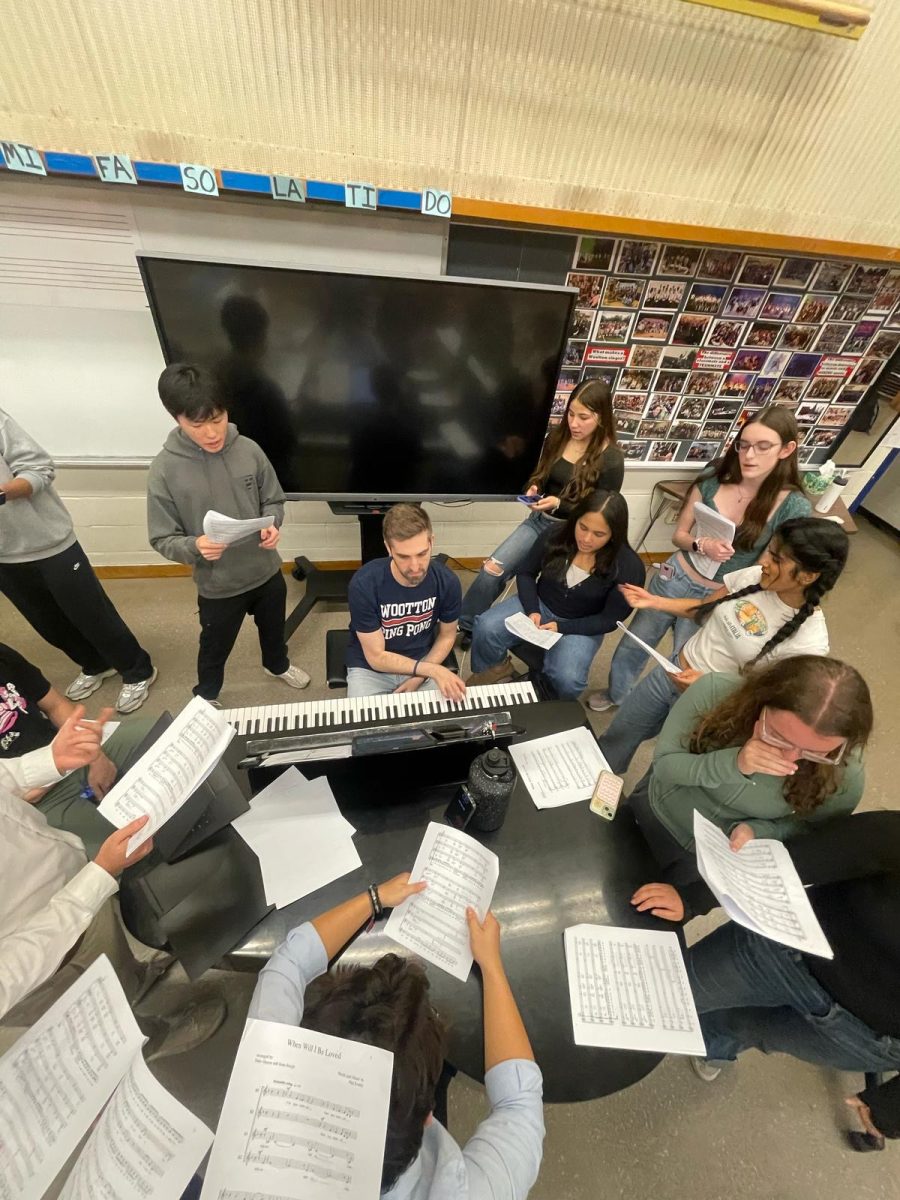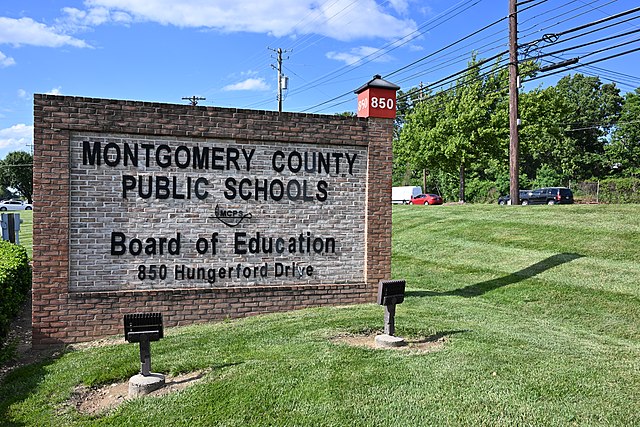As mid-December arrives, students eagerly await the outcomes of their early decision applications. If they are accepted, they commit to that institution and must withdraw all of their other applications. Because early decision is binding, fewer students opt for it, causing a sharp increase in acceptance rates. For example, according to The Dartmouth, Dartmouth’s newspaper, the ED acceptance rate for the class of 2027 was 19%, which was lower than in past years. However, according to Dartmouth’s website, the acceptance rate for regular decisions was, for the third consecutive year, 6%.
Early decision is ideal for students who have a school that they would be willing to go over anything else. If a student were to get in through ED, they would be accepted to their top choice before winter break, whereas the rest will most likely only hear back in the spring. The Princeton Review said, “If you’re sure that you’ve found your best-fit school, you know it’s one you want to attend, you’re a strong candidate for admission, and you know that you can afford the tuition, go ahead and apply early decision.”
In the university’s perspective, they can begin filling up their incoming freshman class in the winter, allowing them to lower their acceptance rate for the early action and regular decision pools, making their school look more competitive. “Universities need to fill the seats, but they want to make sure that the students they’re saying yes to are going to say yes back,” Tamy-Fee Meneide, director of an independent college counseling firm, said.
However, students looking for financial aid can’t afford this gamble. Because early decision is binding, students who are relying on aid have to commit to a college before they know the exact amount they will have to pay. According to CNN, “Many students need to compare financial aid offers from multiple schools to negotiate their aid packages. They may also be vying for merit-based aid such as scholarships.”
While it is true that students can get out of the binding commitment for the sole reason of if they are not able to financially pay, families might not be willing to take that risk as they have to withdraw before most of the other decisions come out. According to The Hill, “If you care about the cost of college, you should be opposed to early decision. Value is a function of cost and benefit, and each of those is relative to your options. But with early decision, you have to make a college choice before knowing either the final cost or alternative options.”
Early decision statistics have seen a clear, demographic pattern. The majority of the applicants are wealthy and/or white. According to the Center of American Progress, “early decision applicants are three times more likely to be white.”
Campus diversity can also be affected by early decisions. “Some research suggests that as early decision enrollment increases, Hispanic and Asian American enrollment decreases,” the Center of American Progress said.
Universities are attempting to level out the playing field by offering alternative plans to ED. Schools like Harvard and Yale offer restrictive early action instead, which means that students cannot apply to other private schools for early action. This still shows a strong commitment to a single school, similar to ED, but students are not required to attend this institution, allowing them to compare costs. Other universities are simply reducing the number of classes they admit through ED to leave more spots open for the other decision pools. According to the Cornell Daily Sun, Cornell University will reduce the proportion of students admitted through ED in this admissions cycle and beyond in an effort to increase equity.
University of Virginia removed its ED policy in 2007 and then cited an increase of campus diversity. However, the school re-instituted the policy in 2019, supposedly to give students more options on when to apply. Research will have to be done in upcoming years to see how that affects diversity on campus, as UVA remains the only major public institution to offer early decisions.







![The 2025-2026 Editorial Board Alex Grainger, Cameron Cowen, Helen Manolis, Emory Scofield, Ahmed Ibrahim, Rebekah Buchman, Marley Hoffman, Hayley Gottesman, Pragna Pothakamuri and Natalie Pak (Chase Dolan not pictured) respond to the new MCPS grading policy. “When something that used to be easy suddenly becomes harder, it can turn [students’] mindset negative, whereas making something easier usually has a better impact. I think that’s where a lot of the pushback comes from. But if you put emotions aside, I do think this change could help build stronger work ethic,” Ibrahim said.](https://woottoncommonsense.com/wp-content/uploads/2025/09/fqr5bskTXpn0LRQMmKErLuNKdQYBlL726cFXBaWF-1200x900.jpg)

Todd Hansen • Feb 15, 2024 at 9:20 AM
A key statistic determining a college’s perceived prestige is its yield, i.e., the number of students offered a spot who accept. Early decision helps to inflate these numbers since ED yield is for all intents and purposes 100 percent.
Regular decision students apply to several schools, so RD yield will be lower.
Unfortunately, the commonly used benchmarks to measure the value of a degree bear limited relation to the quality of the education conferred with that degree.